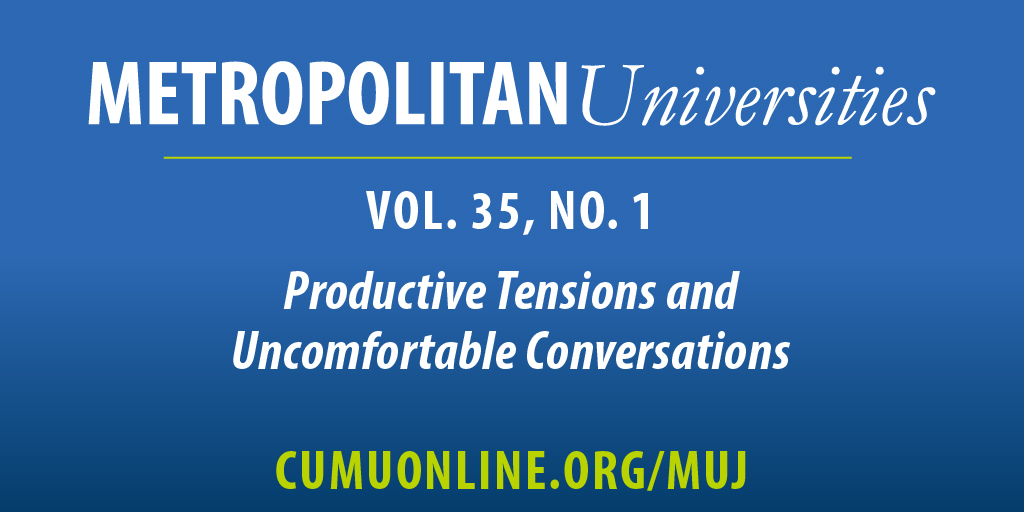Many Bumps in the Road
The Tensions of Cross-Organizational Navigation Among Street Level Bureaucrats in a University/Public School Partnership
DOI:
https://doi.org/10.18060/28024Abstract
Scholars deem university partnerships with public schools as an innovative opportunity to marry research and practice. In part, because they can support the development and implementation of evidence-based interventions that improve school culture, academics, and community participation. However, what is less discussed are the barriers and challenges of bringing two vastly different organizations, such as a university and public school together for partnership. Practitioners and scholars document even less about how street level bureaucrats, those delivering programs within and across complex organizations that make up the partnership see, experience, and navigate the barriers. The Heinz Fellows were on the ground in public schools, on behalf of the university, navigating those barriers and challenges that were a blend of unforeseen circumstances, unaccounted for realities, and underestimation of systems “as usual.” As noted by Ahmed (2012), school systems like other institutions become an accumulation of historical activity. Street Level Bureaucracy theory (Weatherley & Lipsky, 1977) examines how frontline workers, such as Heinz Fellows traverse between and betwixt complex environments with little direct supervision and employing discretion and coping to accomplish program goals. Alas, hindsight is twenty-twenty. It is from a post-partnership lens, that productive tensions, uncomfortable conversations, and a clearer path forward is advanced to navigate the tensions of university/public school partnerships. A clearer path forward must begin with a pre-partnership assessment of each organization’s strengths, limitations, and resources.
Downloads
Published
Issue
Section
License
Copyright (c) 2024 Shallegra Moye

This work is licensed under a Creative Commons Attribution 4.0 International License.



